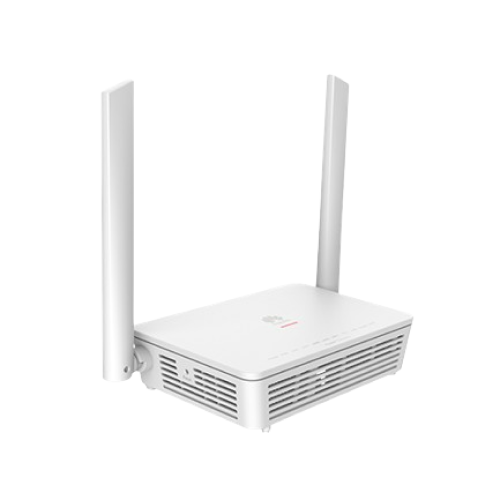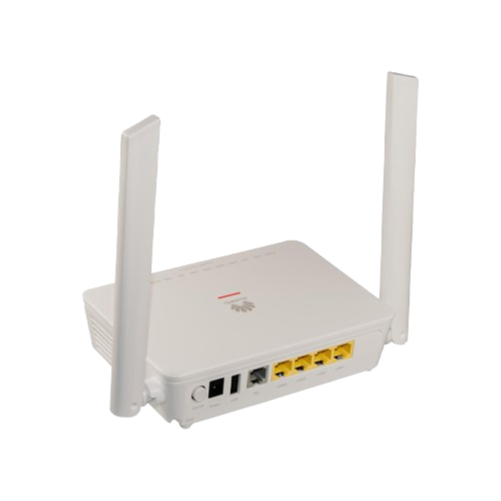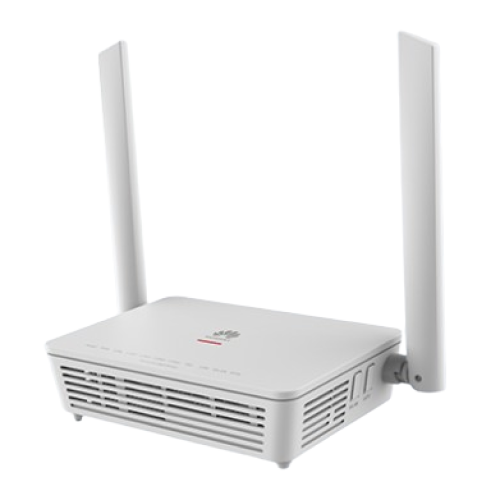Offering Product
The TODAY of Connectivity
Order Now
Order Now
-
Wi-Fi 6, also known as 802.11ax, is the latest generation of Wi-Fi technology designed to improve and enhance the performance of wireless networks.
-
Wi-Fi 6 (802.11ax) offers several key benefits over its predecessor, Wi-Fi 5 (802.11ac). Here are the primary advantages of Wi-Fi 6:
• Higher Data Rates: Wi-Fi 6 supports higher data rates up to 2400 Mbps (real-world speeds will typically be lower) compared to its predecessor, Wi-Fi 5 (802.11ac).
• Increased Capacity: One of the significant improvements in Wi-Fi 6 is its ability to handle more devices simultaneously which allows the access point to communicate with multiple devices at the same time, in parallel.
• Improved Performance in Crowded Environments: Wi-Fi 6 is designed to perform better in environments with many connected devices improving performance during gaming, video conferencing, live streaming.
• Better Power Efficiency: Devices using Wi-Fi 6 can conserve battery power of end user devices better than previous Wi-Fi standards, thanks to features like Target Wake Time (TWT), which allows devices to negotiate when and how often they will wake up to send or receive data, thereby reducing the time spent in active mode.
• Backward Compatibility: Wi-Fi 6 routers can support devices that use older Wi-Fi standards, although the benefits of Wi-Fi 6 (such as higher speeds and increased capacity) will only be fully realized with Wi-Fi 6 compatible devices.
• Higher Security: Wi-Fi 6 standard comes with advanced password encryption WPA-3 standard so practically impossible to break the Wi-Fi security key.
Overall, Wi-Fi 6 aims to provide faster speeds, increased capacity, and improved performance in high-density environments, making it a significant advancement in wireless technology.
-
Wi-Fi 6E is an extension of Wi-Fi 6 that operates in the 6 GHz frequency band, offering more available spectrum and potentially higher performance compared to Wi-Fi 6 operating in the 2.4 GHz and 5 GHz bands.
-
Wi-Fi 6 operates in two primary frequency bands 2.4 Ghz and 5 Ghz.
• 2.4 GHz band: This is the same frequency band used by previous Wi-Fi standards like 802.11b/g/n. It offers good range but limited bandwidth and is often crowded due to the presence of many devices (like Bluetooth devices, microwaves, etc.) that also operate in this band.
• 5 GHz band: Wi-Fi 6 utilizes the 5 GHz frequency band and has wider channels up to 160 MHz. This band provides wider channels and less interference compared to the 2.4 GHz band.
-
Below are the key benefits from Wi-Fi 6 router offered from CGNET:
• Higher Speeds: Wi-Fi 6 supports higher data rates compared to previous Wi-Fi standards like 802.11ac (Wi-Fi 5). This means faster download and upload speeds, which can significantly improve the user experience, especially when streaming high-definition content, downloading large files, or using bandwidth-intensive applications.
• Improved and better performance: Wi-Fi 6 enable more efficient use of the wireless spectrum. This results in better performance in environments with many connected devices, reducing congestion and improving overall network efficiency.
• Lower latency: Wi-Fi 6 reduces latency (the delay between sending and receiving data), which is beneficial for real-time applications like online gaming, video calls, and voice over IP (VoIP) services. Lower latency ensures a more responsive and seamless user experience.
• Improved Battery Life for Devices: Wi-Fi 6 improves power efficiency, extending battery life for devices such as smartphones, tablets, and IoT (Internet of Things) devices.
• Backward Compatibility: Wi-Fi 6 routers can work with older Wi-Fi devices, though the full benefits of Wi-Fi 6 are realized only on Wi-Fi 6 standard.
-
To fully benefit from Wi-Fi 6, you generally need compatible equipment that includes both a Wi-Fi 6 router (or access point) and Wi-Fi 6 client devices.
-
End device failing to support Wi-Fi 6 will not be able to take benefits of Wi-Fi 6 standard. Since Wi-Fi 6 router provided by CGNET is reverse compatible to predecessor Wi-Fi standard. Any end devices connected will operate according to end device capability.
-
End device failing to support Wi-Fi 6 will not be able to take benefits of Wi-Fi 6 standard. Such a device will not be able to achieve high internet speed above 400 Mbps. But end device can get benefits because of upgraded hardware of Wi-Fi 6 router increasing reliability.
-
Yes, beyond Higher speed benefit there are multiple benefits from Wi-Fi 6 router such as:
• Improved and better performance: Wi-Fi 6 enables more efficient use of the wireless spectrum. This results in better performance in environments with many connected devices, reducing congestion and improving overall network efficiency.
• Lower latency: Wi-Fi 6 reduces latency (the delay between sending and receiving data), which is beneficial for real-time applications like online gaming, video calls, and voice over IP (VoIP) services. Lower latency ensures a more responsive and seamless user experience.
• Improved Battery Life for Devices: Wi-Fi 6 improves power efficiency, extending battery life for devices such as smartphones, tablets, and IoT (Internet of Things) devices.
-
Practical end users’ capacity can be considered on multiple aspects Gaming, Online streaming, Web surfing etc.
• Best: max 10 Users
• Better: max 15 users
• Casual: Max 20 Users
-
Since Antenna gain value of Wi-Fi 6 router offered from CGNET is same as that of Wi-Fi 5 router. However, due to multiple advanced features and better performance the same level of signal gain can result in significantly better performance compared to Wi-Fi 5 router.
-
Wi-Fi 6 incorporates advanced technologies to improve performance and mitigate interference compared to previous Wi-Fi standards, it is not completely immune from interference. Factors such as coexistence with other devices, environmental conditions, and channel congestion can still impact Wi-Fi 6 signal quality and reliability especially in the 2.4 GHz band where congestion is more common. Proper network planning, device placement, and configuration are crucial for optimizing Wi-Fi 6 performance in various deployment scenarios.
-
Since Wi-Fi 6 standard completely operates in wireless frequency spectrum. LAN cable has no relation to Wi-Fi 6 standard. However, Wi-Fi 6 routers are much more refined and upgraded spec wise to incorporate the latest wireless technologies. Physical LAN connected devices can gain benefits from upgraded router performance.
-
One can easily access task manager of windows desktop and in performance section > Wi-Fi subsection Wi-Fi modem information is seen.
• Wi-Fi 6 modem has term Wi-Fi 6 AX in description.
• Whereas Wi-Fi 5 modem has Wi-Fi 5 AC.
Similarly for cellular phones one can easily find full specs of Wi-Fi modem in https://gsmarena.com. Wi-Fi modem description of any model is specified in COMMS section > WLAN subsection.
• Wi-Fi 802.11 a/b/g/n/ac/ax : The less significant term on right (i.e. ax on this case) determines the latest Wi-Fi standard that cellular phone support.
Wi-Fi 802.11 ax: Wi-Fi 6
Wi-Fi 802.11 ac: Wi-Fi 5
Wi-Fi 802.11 n: Wi-Fi 4
Wi-Fi 802.11 b: Wi-Fi 3
-
CGNET will be offering Wi-Fi 6 product with below mentioned features:
• High-Speed Internet: A lightning-fast internet experience with 666 Mbps bandwidth.
• Premium Installation: Benefit from our premium installation services to ensure optimal performance.
• Wi-Fi 6 ONT Router: Huawei Wi-Fi 6 Smart ONT Router.








